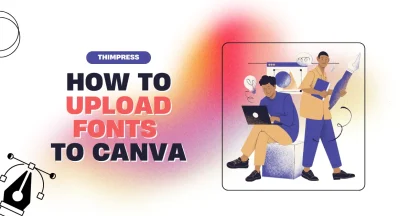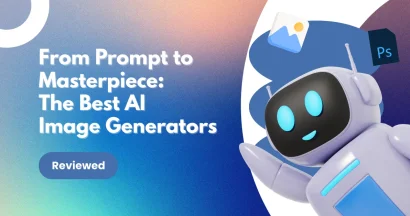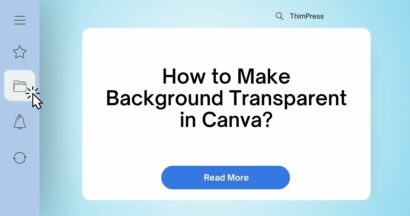3D modeling is used in many fields, from movies and video games to architecture and web design.
The right 3D design software can help you turn a basic element into an impressive digital product. However, there are many different tools available today. Each one has its own learning curve, features, and price, which can be challenging for both beginners and experienced users.
Whether you’re an engineer, a graphic designer, or just someone exploring a new hobby, choosing the right software is a very important first step. This guide will make your choice easier. We have reviewed and evaluated the top 10 options based on their ease of use, features, and price. This list includes both powerful paid platforms and some excellent free 3D design software so you can get started at no cost.
Let’s dive in and find the perfect tool to bring your creations to life.
How to Select the Right 3D Design Software for You
Before exploring the list, consider these key factors to identify which software aligns with your specific needs:
⭐Your Skill Level: Are you a complete beginner or an experienced professional?
Some 3D design software, like SketchUp, are known for their intuitive interfaces, while others, like Maya, offer immense depth but come with a steeper learning curve, where success often depends on the user’s foundational graphic design skills.
⭐Primary Use Case: What do you want to create?
Your goal will heavily influence your choice. For example, product engineers will benefit from a robust 3D computer aided design software like Creo, while game developers will gravitate towards Unity.
⭐Budget: Your budget is a major consideration. While professional licenses can be expensive, many platforms offer subscriptions, and powerful open-source options like Blender provide a complete toolset at no cost.
⭐Hardware and System Compatibility: 3D applications can be resource-intensive. Always check the minimum system requirements to ensure the software will run smoothly on your computer (Windows, macOS, or Linux).
⭐Ecosystem and Integration: Do you need your software to work with other tools?
Look for platforms that integrate seamlessly with your existing workflow, such as Adobe products or other industry-standard applications.
With these factors in mind, here are our top 10 picks for the best 3D design software.
The Top 10 3D Design Software Tools Reviewed
1. SketchUp
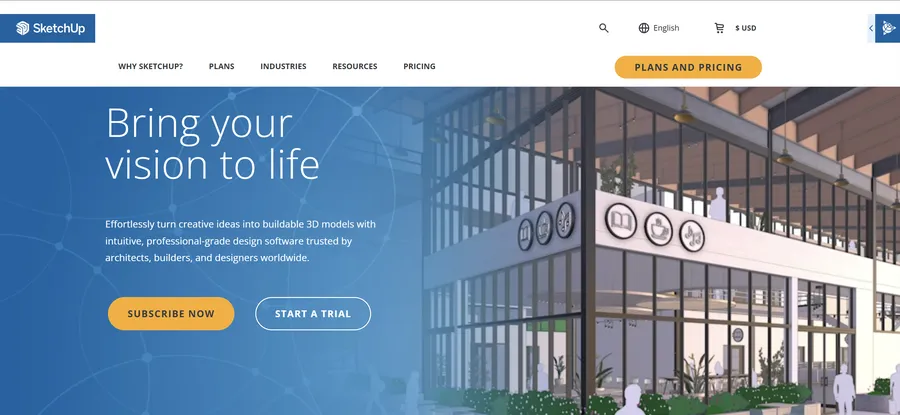
SketchUp (formerly Google SketchUp) is a user-friendly and versatile 3D design software celebrated for its patented “Push and Pull” method, which allows users to easily turn 2D shapes into 3D forms. It’s widely used in architecture, interior design, and construction for rapid prototyping and visualization.
- Pros:
- Extremely intuitive interface, making it one of the easiest platforms for beginners to learn.
- Vast online library (3D Warehouse) of pre-made models, textures, and plugins.
- Offers a capable web-based version, SketchUp Free, for easy access.
- Cons:
- Not ideal for creating highly complex organic shapes or detailed characters.
- The free version has limited export options and functionality.
- Can struggle with non-manifold geometry, requiring extra work to make models suitable for 3D printing.
- Best for: Beginners, architects, and interior designers who need to create quick architectural models and layouts.
2. Blender
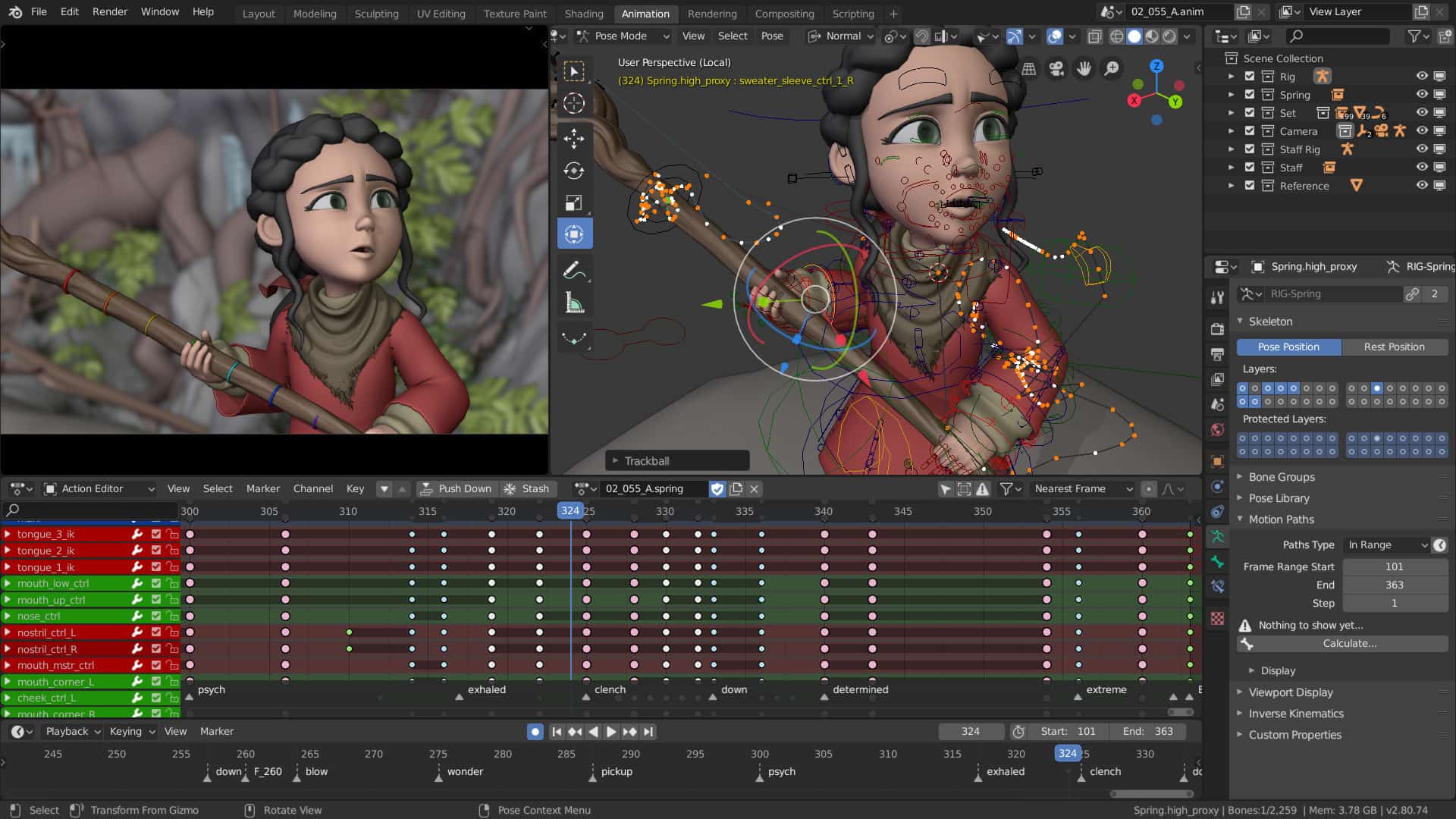
Blender is a powerhouse in the world of 3D creation. As a completely free and open-source suite, it provides a comprehensive pipeline that covers modeling, sculpting, animation, rigging, simulation, rendering, and video editing. It is supported by a massive and passionate global community.
- Pros:
- A free 3D design software with no licensing fees, making it an incredible value.
- Extremely versatile, capable of handling everything from animated films to game assets.
- Features powerful built-in rendering engines, Cycles and Eevee, for photorealistic and real-time results.
- Cons:
- The interface can be intimidating for new users due to its density of features.
- Lacks dedicated, official customer support, relying instead on community forums.
- Performance can lag during complex simulations like fluid or smoke.
- Best for: Independent artists, students, and studios looking for a powerful, all-in-one 3D design software free of cost.
3. Autodesk Maya
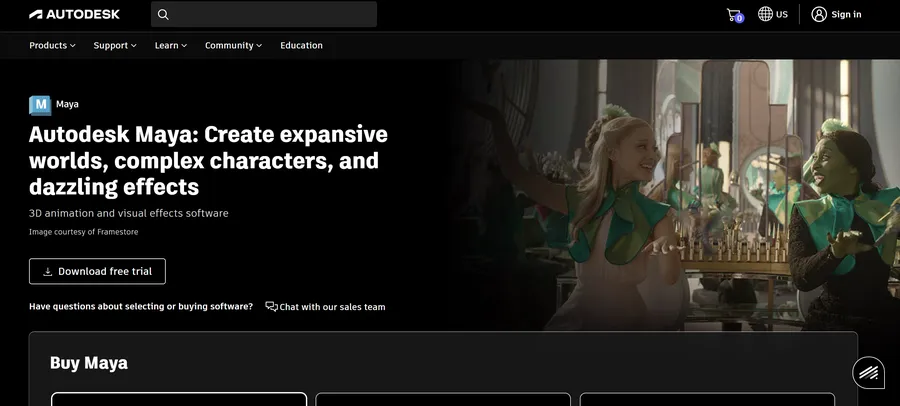
Maya is an industry-standard application for 3D animation, modeling, simulation, and rendering. It is the go-to choice for major film, television, and video game production studios due to its advanced toolset for character creation and visual effects (VFX).
- Pros:
- Unmatched tools for character rigging, animation, and complex simulations (e.g., Bifrost for fluids, nCloth for fabric).
- Highly customizable and scriptable, allowing for tailored workflows in professional pipelines.
- Produces industry-leading results for high-end visual effects.
- Cons:
- Very expensive subscription model, making it inaccessible for hobbyists.
- Has a steep learning curve requiring significant time and dedication to master.
- Can be unstable or prone to crashing on certain hardware configurations.
- Best for: Professional animators, VFX artists, and game developers working in high-end production environments.
4. Unity
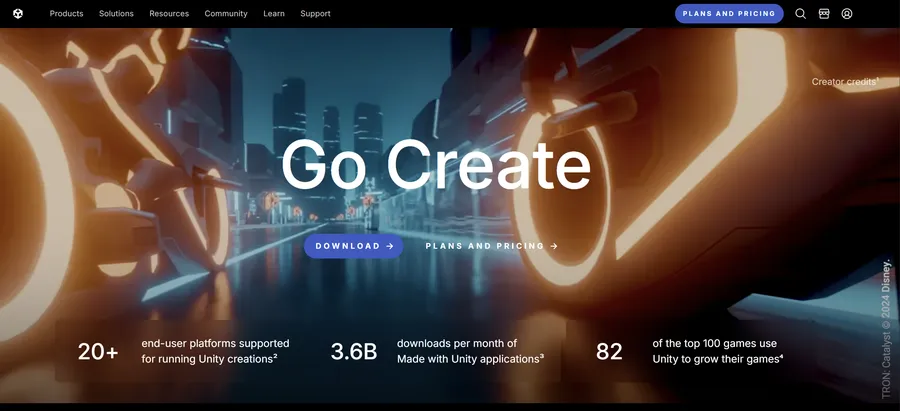
Unity is a leading real-time development platform, primarily known as a game engine. Beyond gaming, it is widely used to create interactive 3D content for AR/VR, automotive design, architecture, and film. It offers a flexible environment for both artists and programmers.
- Pros:
- Excellent cross-platform capabilities, allowing deployment to over 25 platforms.
- A massive Asset Store with countless pre-made models, scripts, and tools to accelerate development.
- Strong community and extensive documentation and learning resources.
- Cons:
- Frequent updates can sometimes introduce breaking changes or compatibility issues.
- The UI creation system can feel less intuitive compared to other engines.
- Primarily a development engine, not a dedicated modeling tool; it’s best used with assets created in other software.
- Best for: Game developers, AR/VR creators, and anyone building real-time interactive 3D experiences.
5. Creo
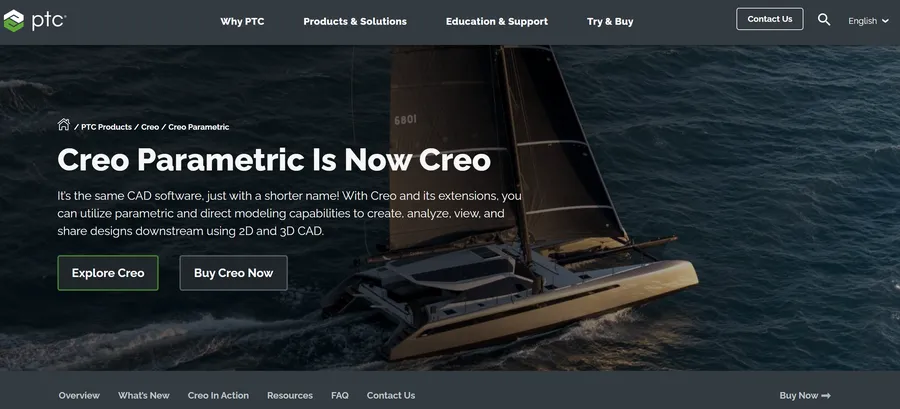
Developed by PTC, Creo (formerly Creo Parametric) is a powerful 3D computer aided design software built for product engineers and designers. It excels in parametric modeling, where model geometry is driven by defined parameters and constraints, allowing for robust and easily editable designs.
- Pros:
- Exceptional at managing large, complex assemblies and detailed mechanical designs.
- Includes advanced tools for simulation, analysis, and additive manufacturing.
- Strong features for both solid and sheet metal modeling.
- Cons:
- The user interface is dense and can be overwhelming for new users.
- High cost makes it primarily suitable for enterprise-level organizations.
- Less suited for freeform or organic modeling compared to artistic software.
- Best for: Mechanical engineers, product designers, and manufacturers who require precision and control.
6. Coohom
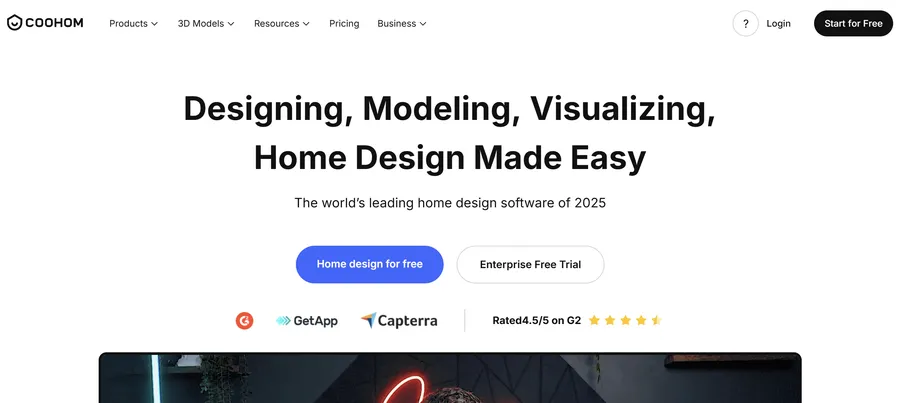
Coohom is a cloud-based interior design platform that allows users to create floor plans and photorealistic 3D visualizations with incredible speed. Its drag-and-drop interface and vast library of furniture make it accessible to professionals and homeowners alike.
- Pros:
- Extremely user-friendly with a simple drag-and-drop workflow.
- Lightning-fast rendering engine produces high-quality 4K visuals in minutes.
- Offers a massive library of pre-built, customizable furniture and decor items.
- Cons:
- Limited customization options for the assets within its library.
- Lacks integration with other professional CAD or 3D modeling tools.
- Being cloud-based requires a stable internet connection to function.
- Best for: Interior designers, real estate agents, and DIY home planners needing to create fast, high-quality room visualizations.
7. NVIDIA Omniverse
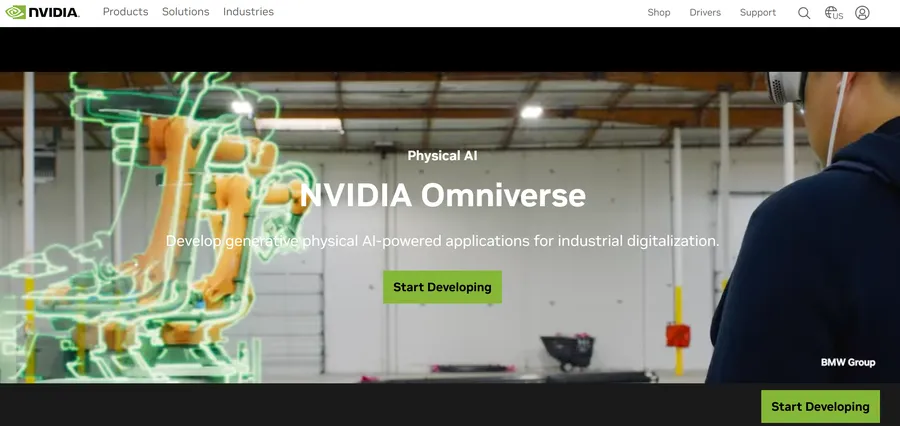
NVIDIA Omniverse is not a traditional modeling tool but a revolutionary real-time collaboration platform. It connects major industry applications (like Maya, Revit, and Unreal Engine) into a shared virtual space, allowing multiple users to collaborate on a single 3D scene simultaneously.
- Pros:
- Enables seamless, live-sync collaboration across different software and teams.
- Built on Pixar’s Universal Scene Description (USD) for broad compatibility.
- Leverages RTX technology for stunning, real-time, path-traced rendering.
- Cons:
- Requires a powerful NVIDIA RTX GPU for optimal performance.
- Complex initial setup and primarily targeted at large enterprise teams.
- Can be overkill for individual creators or small studios.
- Best for: Large creative and engineering teams in animation, architecture, and simulation that need a centralized, collaborative workflow.
8. Adobe Dimension
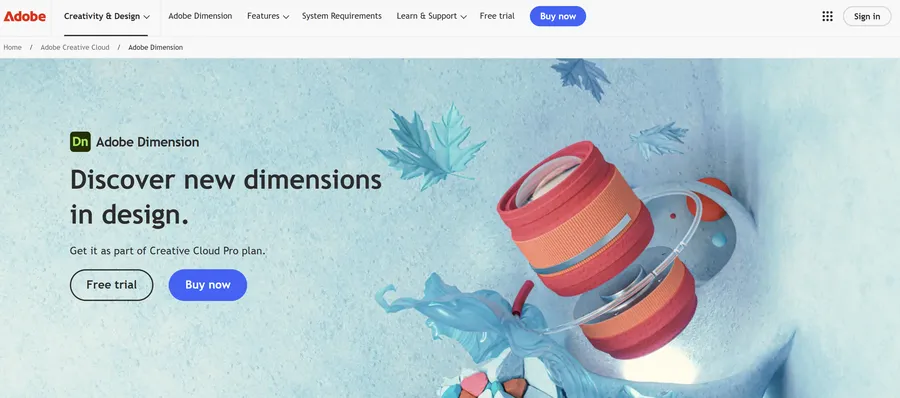
Adobe Dimension is designed to bridge the gap between 2D graphic design and 3D visualization. It allows users to easily create high-quality, photorealistic 3D scenes for product mockups, brand visualizations, and packaging design without needing extensive 3D expertise.
- Pros:
- Seamless integration with Adobe Creative Cloud (Photoshop, Illustrator).
- Intuitive interface focused on scene composition, materials, and lighting.
- Excellent for creating realistic product shots using pre-made models and materials.
- Cons:
- Not a full modeling tool; it lacks tools for creating 3D models from scratch.
- Limited animation and advanced rendering features.
- Requires a Creative Cloud subscription, which can be costly for casual users.
- Best for: Graphic designers and marketers who need to create photorealistic product mockups and visualizations.
9. Autodesk ReCap
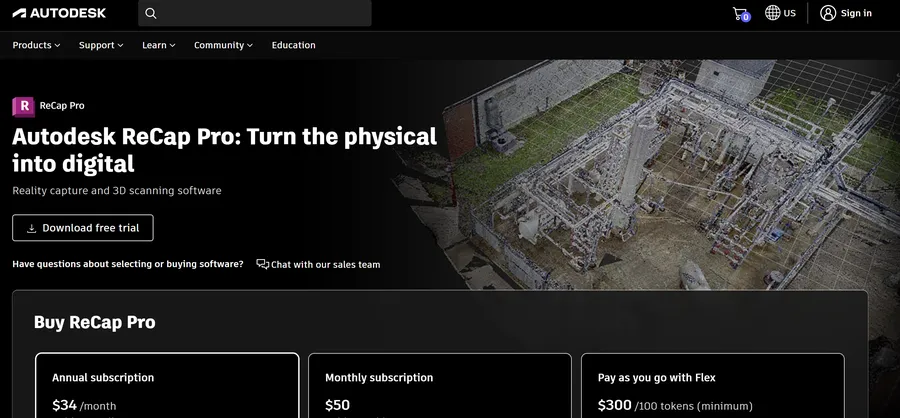
Short for “Reality Capture,” ReCap is a specialized Autodesk tool for processing photogrammetry and laser scan data. It converts photos and point cloud scans of real-world objects and environments into accurate 3D models or 2D drawings that can be used in other design software.
- Pros:
- Excellent at creating highly accurate 3D models from real-world data.
- Integrates smoothly with other Autodesk software like Revit and AutoCAD.
- Supports a wide range of data inputs, including drone photos and LiDAR scans.
- Cons:
- Very limited 3D editing and modification tools within the application itself.
- The user interface can be tricky for beginners to navigate.
- Full functionality is locked behind a paid subscription.
- Best for: Architects, engineers, and surveyors who need to create as-built 3D models of existing sites and structures.
10. Adobe Substance 3D Sampler
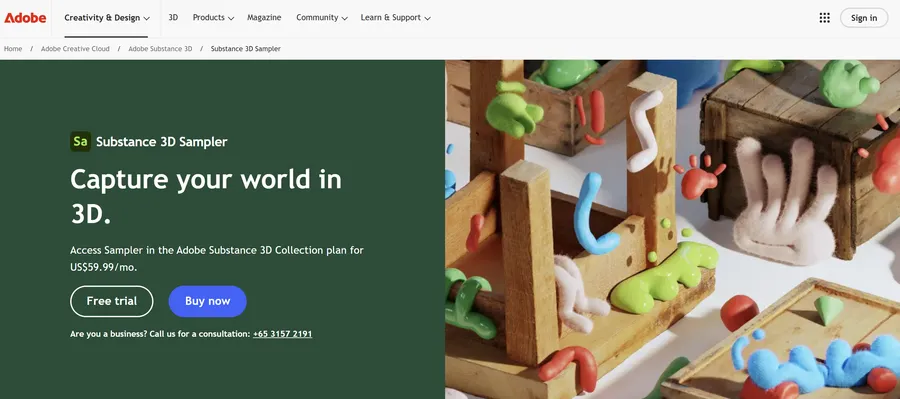
Part of the Adobe Substance 3D suite, Sampler is a powerful tool for creating materials and textures. It can transform a real-world picture into a physically-based rendering (PBR) material with just a few clicks, using AI to generate realistic textures for 3D models.
- Pros:
- AI-powered features make material creation fast and intuitive.
- Generates high-quality, tileable PBR materials that react realistically to light.
- Clean, beginner-friendly user interface.
- Cons:
- Resource-intensive, especially when processing high-resolution images.
- Highly specialized for texture creation and lacks general 3D modeling features.
- Best used as part of the larger (and costly) Adobe Substance 3D ecosystem.
- Best for: 3D artists and game designers who need to create high-quality, realistic materials and textures for their models.
Final Thoughts
Choosing the right 3D design software is a decision that hinges on your personal goals, budget, and desired workflow. For professional-grade animation, Maya remains a top contender. For precision engineering, a tool like Creo Parametric is indispensable. And for a powerful, cost-effective solution that can do almost anything, Blender is an unbeatable choice.
The best next step is to take advantage of free trials and the robust communities surrounding these platforms. Experiment, watch tutorials, and find the tool that feels right for you. The evolution of design tools is also part of a larger trend where your creative potential is limitless.
Frequently Asked Questions (FAQs)
1. What is the best free 3D design software for beginners?
For absolute beginners, SketchUp Free (the web version) is often considered the easiest to learn due to its intuitive interface. However, for those willing to invest time in learning a more powerful tool, Blender is the best all-around free 3D design software, offering professional-grade features at no cost.
2. Do I need a powerful computer for 3D design software?
Yes, for the most part. While simpler, web-based tools may run on standard computers, most professional 3D design software is resource-intensive. A computer with a dedicated graphics card (GPU), a modern multi-core processor (CPU), and at least 16 GB of RAM is recommended for a smooth experience.
3. What is the difference between CAD and 3D modeling software?
While both create 3D models, their purpose differs. CAD (Computer-Aided Design) software, like Creo, is used for precision engineering, manufacturing, and technical drawings. 3D modeling software, like Blender or Maya, is typically used for artistic and creative applications like animation, visual effects, and game design.
4. How is 3D design software used for 3D printing?
To 3D print an object, you first need a digital 3D model. This model is created using a 3D printer design software. The software allows you to design the object, ensure it is "watertight" (a solid, printable form), and then export it as a file format (like .STL or .OBJ) that 3D printer slicing software can understand and prepare for printing.
5. Can I make money with 3D design skills?
Absolutely. 3D design is a highly in-demand skill across numerous industries, including video games, film and television, architecture, product design, marketing, and medical visualization. Professionals can find work as 3D modelers, animators, VFX artists, technical artists, and more.
Read more: 10 Powerful Web Design Tools to Streamline Your Workflow
Contact US | ThimPress:
Website: https://thimpress.com/
Fanpage: https://www.facebook.com/ThimPress
YouTube: https://www.youtube.com/c/ThimPressDesign
Twitter (X): https://twitter.com/thimpress
